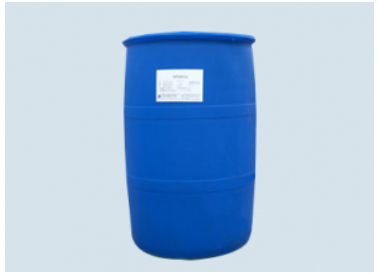Most of the grinding aids used in China's ceramic industry are of high price and single performance. Most of the ceramic grinding aids are still produced with industrial raw materials. As a result, their price is high and it is difficult for users to accept. In addition, due to the shortage of sources, most of them are petroleum or coal chemical products, so it is difficult to promote their application. It is an important way to develop new cheap grinding aids from industrial wastes, and the development of lignosulfonate grinding aids is one of them. Other industrial wastes, such as sodium adipate in oil waste liquid and lanolin in wool spinning industry, are helpful to grinding after processing. If they can be developed and utilized, they can not only reduce production costs, but also prevent waste discharge, which need to be further developed.

Various surfactants have different adsorption mechanisms on the particle surface. Ion exchange adsorption and ion pair adsorption are the main types of ionic surfactants, while hydrogen bond formation and hydrophobic adsorption are the main types of non-ionic surfactants. The mixed use of various types of surface adsorbents can enhance the adsorption on the particle surface and improve the grinding effect. In addition, the grinding mechanism required by the grinding of various components in the material is different. It is obviously difficult to meet the grinding requirements of different ceramic raw materials by adding only one material. Therefore, it is better to combine several kinds of grinding aids and improve the effect of grinding aids by using their interaction and different mechanism.
Ceramic grinding aids are usually divided into liquid, solid, gas and mixture. So far, solid and liquid grinding aids are mostly used in ceramic industry. Inorganic electrolytes with grinding aid effect include sodium polyphosphate, water glass, etc.; ionic surfactants include sodium lignosulfonate, sodium dodecylbenzene sulfonate, sodium citrate, etc.; non-ionic surfactants include triethanolamine, etc. When sodium dodecylbenzene sulfonate is used alone, the particle size is smaller and the effect is better. When sodium lignosulfonate is used alone, the effect is relatively poor. Generally, the above chemicals can be used together and the effect is better. If triethanolamine is mixed with sodium citrate, the grinding aid effect will be greatly improved. This is because after triethanolamine is mixed with sodium citrate, the repulsive effect between the polar groups of sodium citrate with the same charge is weakened, and the polar groups of triethanolamine may change under the electric field of adjacent surface active ions It is easy to form mixed micelles, which further enhances the grinding effect of surfactant molecules.